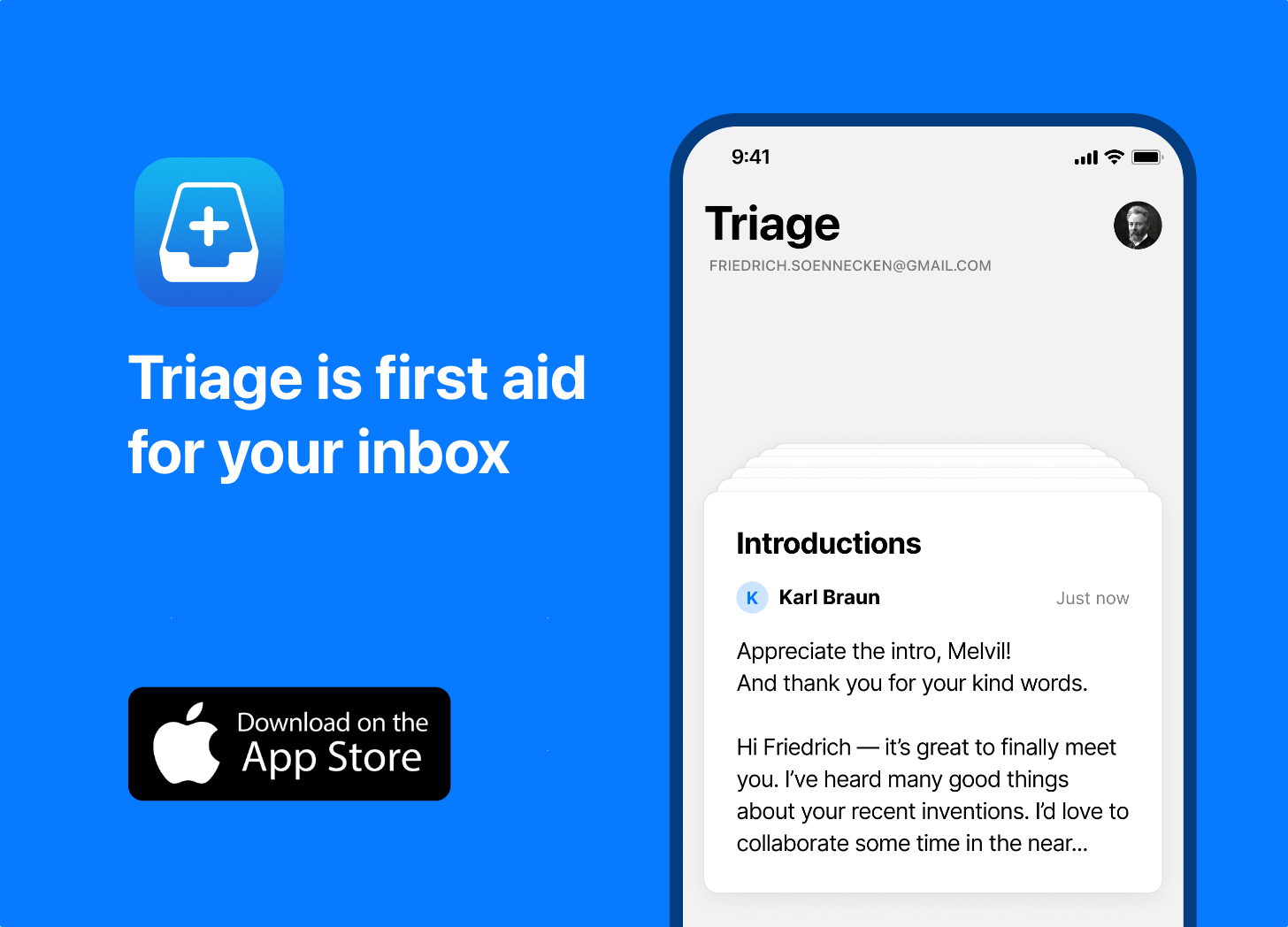This is Part I in a two-part series. Part II was published on 25-Jan.
Garr Reynolds from Presentation Zen (who I’ve linked to before) recently answered a bunch of questions for Guy Kawasaki.
Ten Questions with Garr Reynolds
It’s a great post and I recommend that you read it. But a couple of the questions and answers especially jumped out at me. I thought it was worth highlighting them here - one today and one tomorrow.
Question: Are PowerPoint and Keynote part of the problem or part of the solution?
Answer: There is no question that PowerPoint has been at least a part of the problem because it has affected a generation. It should have come with a warning label and a good set of design instructions back in the ’90s. But it is also a copout to blame PowerPoint—it’s just software, not a method.
True, the templates and wizards of the past probably took most of us—who didn’t know any better anyway—down a road to ‘really bad PowerPoint’ as Seth Godin calls it. But today we know better, and we can make effective presentations with even older versions of PowerPoint—often by ignoring most of the features. Ultimately it comes down to us and our skills and our content. Each case is different, and some of the best presentations include not a single slide. In the end it is about knowing your material deeply and designing visuals that augment and amplify your spoken message.
How depressing to have an expert like Garr is telling people that the best way to use software is to consciously avoid features. Of course, he’s right. But, what a waste of time spent designing, developing and testing those features. Imagine instead if that time was invested in those parts of the software that people should use.
What’s more, not everybody is lucky enough to read this sort of advice. Death by bullet points is still the most common presentation experience.
Who is responsible for that outcome?
Those of us who design software should always focus on guiding users directly into “The Pit of Success”.
In stark contrast to a summit, a peak, or a journey across a desert to find victory through many trials and surprises, we want our customers to simply fall into winning practices by using our [software]. To the extent that we make it easy to get into trouble we fail.
— Rico Mariani, Microsoft Research (quoted by Brad Adams).
You need to make the right way the default. A new user should be able to just follow their nose, make the obvious choices, and end up in the right place.
Of course, this requires that you take a view about what the “right way” and the “right place” actually are (even where this requires you to be a bit of a dictator).
I think this is where software developers often let themselves down - by giving users almost unlimited flexibility, giving all features equal prominence in the navigation, by adding all of the features that users ask for (as opposed to those features that are required to get them most directly to the desired place), etc etc.
Those working on PowerPoint over the years have fallen into all of these traps.
As have many of us.
BONUS: Garr has a new book, also called Presentation Zen. If you do any public speaking, or even in-house presentations at work, go get a copy.
